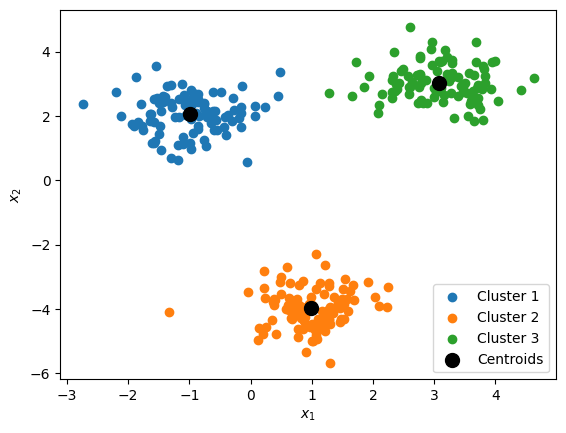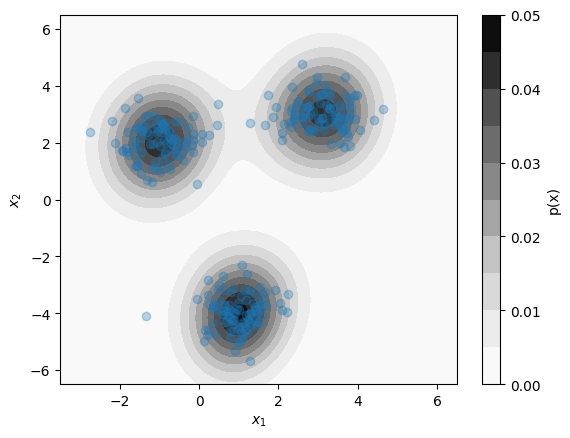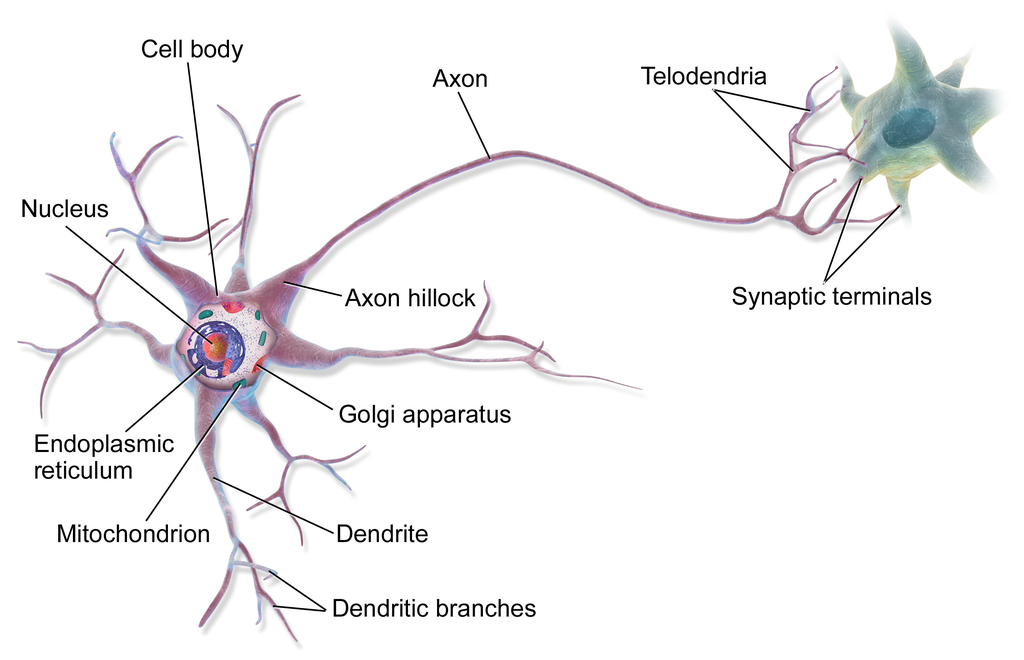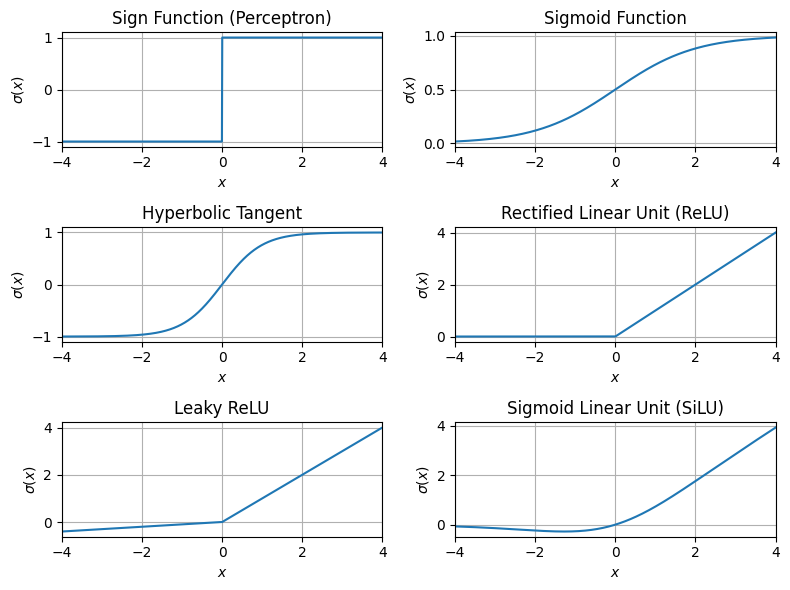Materials+ML Workshop Day 9¶
Content for today:¶
Unsupervised Learning review:
- Correlation Matrices
- Dimensionality reduction
- Principal Components Analysis (PCA)
- Clustering
- Distribution Estimation
Neural networks:
- Introduction to Neural Networks
- Neuron Models
- Activation Functions
- Training Neural Networks
Application:
- Training a basic neural network with Pytorch
Tentative Workshop Schedule:¶
| Session | Date | Content |
|---|---|---|
| Day 0 | 06/16/2023 (2:30-3:30 PM) | Introduction, Setting up your Python Notebook |
| Day 1 | 06/19/2023 (2:30-3:30 PM) | Python Data Types |
| Day 2 | 06/20/2023 (2:30-3:30 PM) | Python Functions and Classes |
| Day 3 | 06/21/2023 (2:30-3:30 PM) | Scientific Computing with Numpy and Scipy |
| Day 4 | 06/22/2023 (2:30-3:30 PM) | Data Manipulation and Visualization |
| Day 5 | 06/23/2023 (2:30-3:30 PM) | Materials Science Packages |
| Day 6 | 06/26/2023 (2:30-3:30 PM) | Introduction to ML, Supervised Learning |
| Day 7 | 06/27/2023 (2:30-3:30 PM) | Regression Models |
| Day 8 | 06/28/2023 (2:30-3:30 PM) | Unsupervised Learning |
| Day 9 | 06/29/2023 (2:30-3:30 PM) | Neural Networks |
| Day 10 | 06/30/2023 (2:30-3:30 PM) | Advanced Applications in Materials Science |
Questions¶
- Unsupervised Learning review:
- Feature selection
- Correlation Matrices
- Dimensionality reduction
- Principal Components Analysis (PCA)
- Clustering
- Distribution Estimation
Unsupervised Learning Models:¶
- Models applied to unlabeled data with the goal of discovering trends, patterns, extracting features, or finding relationships between data.
The Importance of Dimensionality¶
- Dimensionality is an important concept in materials science.
- The dimensionality of a material affects its properties
- Sometimes, data can be confined to some low-dimensional manifold embedded in a higher-dimensional space.
Example: The "Swiss Roll" manifold

The Correlation Matrix:¶
- Recall that it is generally a good idea to normalize our data:
- The correlation matrix (denoted $\bar{\Sigma}$) is the covariance matrix of the normalized data:
Principal Components Analysis (PCA)¶
The eigenvectors of the correlation matrix are called principal components.
The associated eigenvalues describe the proportion of the data variance in the direction of each principal component.
- $D$: Diagonal matrix (eigenvalues along diagonal)
- $P$: Principal component matrix (columns are principal components)
Dimension reduction with PCA¶
We can project our (normalized) data onto the first $n$ principal components to reduce the dimensionality of the data, while still keeping most of the variance:
$$\mathbf{z} \mapsto \mathbf{u} = \begin{bmatrix} \mathbf{z}^T\mathbf{p}^{(1)} \\ \mathbf{z}^T\mathbf{p}^{(2)} \\ \vdots \\ \mathbf{z}^T\mathbf{p}^{(n)} \\ \end{bmatrix}$$K-Means Clustering:¶
- Identifies the centerpoints for a specified number of clusters $k$

Kernel Density Estimation:¶
- Estimates the distribution of data as a sum of multivariate normal "bumps" at the position of each datapoint

Today's Content:¶
Neural Networks
Introduction to Neural Networks
- Neuron Models
- Activation Functions
- Training Neural Networks
Application:
- Training a basic neural network with Pytorch
Neural Networks¶
- Neural networks are supervised machine learning models inspired by the functionality of networks of multipolar neurons in the brain:

What can neural networks do?¶
They are flexible non-linear models capable of solving many difficult supervised learning problems
They often work best on large, complex datasets
This predictive power comes at the cost of model interpretability.
- We know how the model computes predictions, but coming up with a general answer as to why a neural network makes a particular prediction is very hard.
Example: The AlphaGo Model¶

Standard Feed-Forward Neural Network¶
- Neural Networks typically consist of individual collections of "neurons" that are stacked into sequential layers:
- Example: Standard "feed-forward" neural network"
A Single Neuron:¶
- We have alreacy encountered a simple model of a neuron in the form of the Perceptron classifier model:
($\text{sign}(x) = \pm 1$, depending on the sign of $x$)
$f(x) = +1$ only if a weighted sum of the inputs $x_i$ exceed a given threshold (i.e. $-w_0$)
This is similar to the electrical response of a neuron to external stimuli
The Perceptron neuron model has some disadvantages:
the function $\text{sign}(x)$ is not continuous and has a derivative of 0 everywhere.
It can be difficult to fit this function to data if it is not continuous and differentiable.
The Neuron Activation Function¶
Instead of the $\text{sign}(x)$ function, we apply a continuous, non-linear function $\sigma(x)$ to the output:
- The function $\sigma(x)$ is called the neuron's activation function.
- The general form of a single neuron can be written as follows:
- Recall: $\underline{\mathbf{x}} = \begin{bmatrix} 1 & x_1 & x_2 & \dots & x_D \end{bmatrix}^T$
- Also: $\mathbf{w} = \begin{bmatrix} w_0 & w_1 & w_2 & \dots & x_D \end{bmatrix}^T$
- We can choose different activations $\sigma(x)$, depending on the desired output range of the neuron.
Common Activation Functions:¶
- Sigmoid function:
- Hyperbolic Tangent:
- Rectified Linear Unit (ReLU):
- Leaky ReLU:
Visualizing Activation Functions¶

A Layer of Neurons:¶
We can combine multiple independent neurons into a layer of neurons.
The layer computes a vector $\mathbf{a} = f(\mathbf{x})$ of outputs from the neurons:
Consider a layer of $m$ neurons each with $D+1$ weights.
We can organize the layer's weights into a matrix $\mathbf{W}$:
- In terms of the weight matrix, we can write the neuron layer function as:
The Standard Feed-Forward Neural Network¶
Training Neural Networks¶
- We train neural networks through gradient descent
$\eta$ is a constant called the learning rate.
The numerical process by which $\nabla_w \mathcal{E}(f)$ for layered neural networks is computed is called backpropagation
